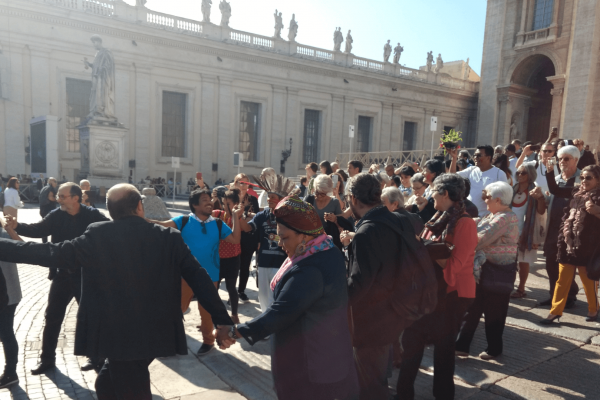Nov 4, 2019
Indigenous women from Amazon basin nations spoke with high-level clergy at the Amazon Synod.
Read the Full Article

Already a subscriber? Login

Indigenous women from Amazon basin nations spoke with high-level clergy at the Amazon Synod.
